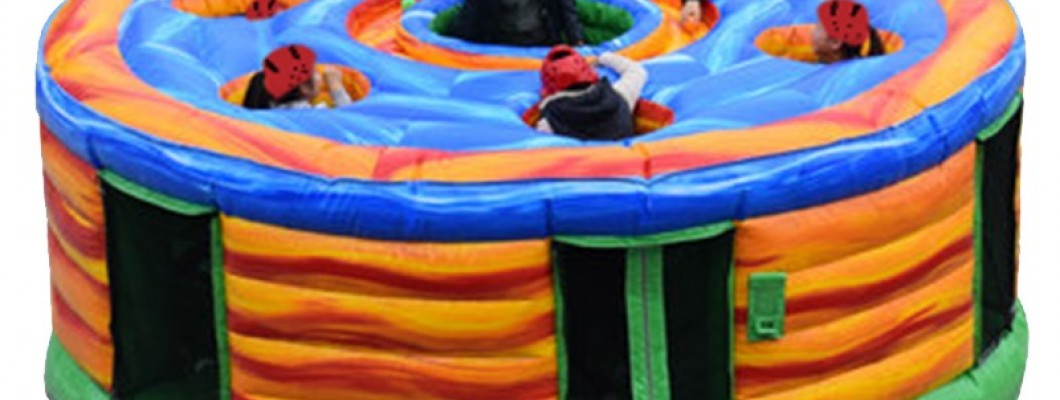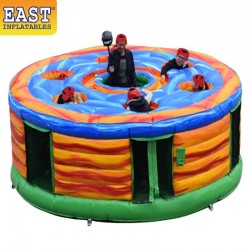
A human whack-a-mole game is a fun and interactive activity that takes inspiration from the classic arcade game, but with a twist involving real people. It’s a great addition to parties, team-building events, or community festivals. Here are the key elements that make up a successful human whack-a-mole game:
1. The Game Setup
The setup of a human whack-a-mole game involves creating a safe and engaging environment. Key components include:
- Game Area: A designated play area with clearly marked boundaries where the game will take place. This area should be spacious enough for participants to move around safely.
- Holes or Stations: Similar to the arcade game, create 'mole' holes or stations where participants will emerge. These can be simple pop-up tents or padded platforms.
- Whacking Tools: Soft, safe props like foam mallets or inflatable bats for players to use. These tools should be lightweight and designed to ensure safety during the game.
- Visual and Audio Cues: Use visual signals, like colored lights or flags, and audio cues, such as a buzzer or bell, to indicate when and where players should 'whack' the moles.
2. The Participants
The participants are a crucial element of the game:
- Players: Individuals who will act as the 'moles' by popping in and out of the holes or stations. They should wear visible, comfortable costumes or gear to identify themselves.
- Whackers: Players who will use the whacking tools to 'hit' the moles. They need to be aware of safety rules to avoid accidents.
3. The Rules
Establishing clear rules is essential for fair play and safety:
- Gameplay Rules: Define how players should act as moles and how whackers should attempt to 'hit' them. Specify the scoring system, if applicable.
- Safety Guidelines: Set rules to ensure that players do not engage in rough play or use excessive force. Outline appropriate conduct for both moles and whackers.
4. Scoring and Objectives
To add a competitive edge to the game, consider implementing scoring and objectives:
- Scoring System: Decide how points are awarded for successfully hitting a mole. For example, each hit could earn a certain number of points, or there could be bonus points for hitting moles that emerge from specific holes.
- Game Objectives: Set objectives for players, such as reaching a certain score within a time limit or achieving the highest score in a series of rounds.
5. Safety Measures
Ensuring the safety of all participants is paramount:
- Protective Gear: Provide helmets or other protective gear if necessary, especially if the game area involves physical activity.
- Supervision: Have adult supervisors or game marshals present to monitor the game and ensure that safety rules are followed.
6. Setup and Breakdown
Efficient setup and breakdown of the game area help in smooth execution:
- Setup: Allocate enough time for setting up the game area, including arranging the holes, placing visual and audio cues, and preparing the whacking tools.
- Breakdown: After the game, ensure that all equipment is collected, the area is cleared, and any debris or waste is properly disposed of.
Conclusion
A human whack-a-mole game combines fun, physical activity, and friendly competition. By focusing on the key elements outlined above—game setup, participants, rules, scoring, safety measures, and efficient setup and breakdown—you can create an enjoyable and memorable experience for everyone involved.





Leave a Comment